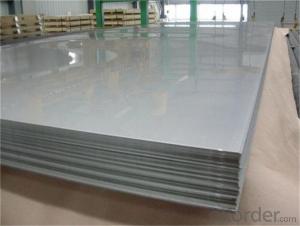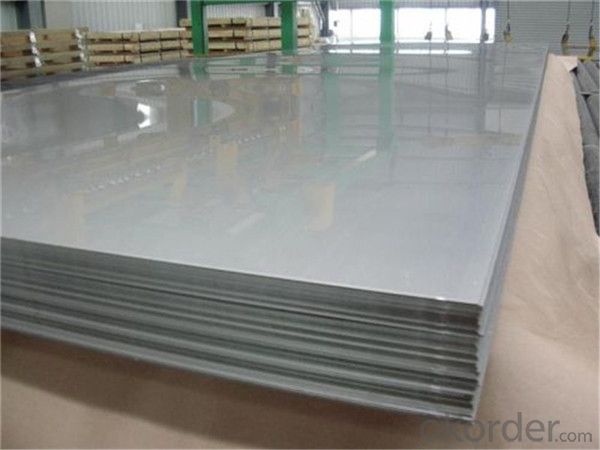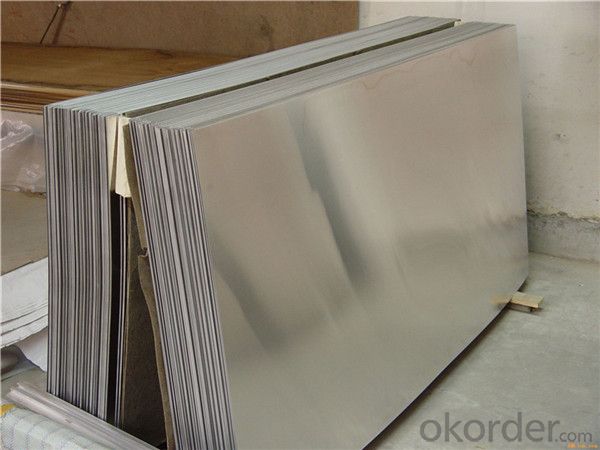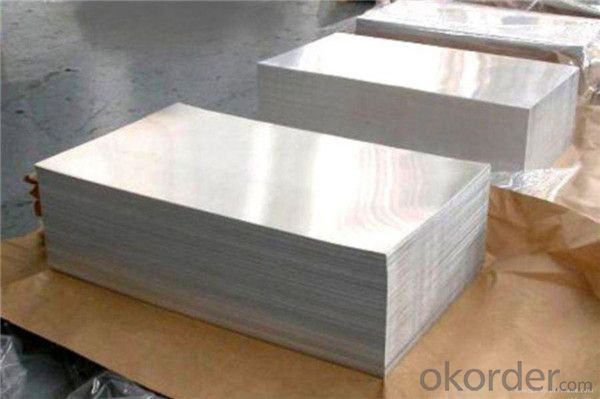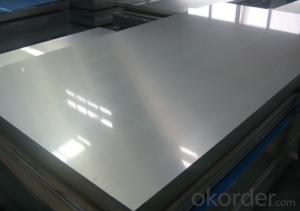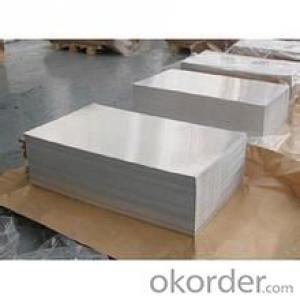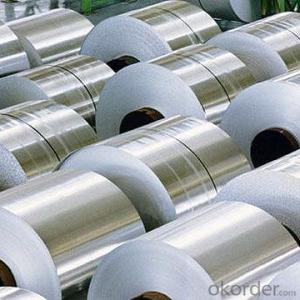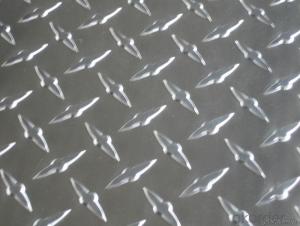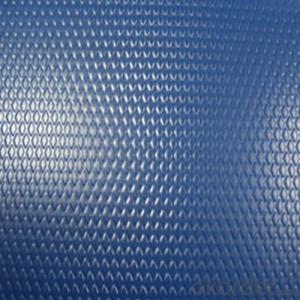Aluminum Sheets for Printing - Checkered/Embossed Aluminum Sheet
- Loading Port:
- Shanghai
- Payment Terms:
- TT OR LC
- Min Order Qty:
- 5 m.t.
- Supply Capability:
- 10000 m.t./month
OKorder Service Pledge
OKorder Financial Service
You Might Also Like
Description
Aluminum sheet checkered /Aluminum sheet embossing sheet
| Material | 1000 series: 1050. 1070. 1100 2025. 2117. 2218. 2618. 6000 series: 6005. 6011. 6053. 6351. 6061. 6101. 6151. 6201. 6261. 6262. 6063. 6463. 6066.6070 7000series: 7001. 7005. 7072. 7075. 7076. 7175. 7178. 7079 8000 series:8011,8021,8079 etc |
| Standard | GB/T17748-2008 |
| Certification | ISO9001,ISO14001, ISO9001:2000 |
| Temper | T4,T5,T6,H111,H112 |
| Surface treatment | Polished,Mill Finished,anodized or power sprayed |
| Features | High weather resistance anti scratch anticorrosion and good weather resistance subtle edges and elegant appearance and easy processing and installation high brightness and hardness |
| Resolution | 2%-98% |
| Advantages | 1)Excellent machining properties 2)Suited to marine and low temp applications |
| Note | If you have any other questin,welcome for your consultation |
Products details:
1)Chemical compositions&mechanical property&Size
Alloy | Si | Fe | Cu | Mn | Mg | Cr | Zn | Ti | Al |
5005 | 0.30 | 0.70 | 0.20 | 0.20 | 0.50-1.10 | 0.10 | 0.25 | - | spare |
5052 | 0.25 | 0.40 | 0.10 | 0.10 | 2.2-2.8 | 0.15-0.35 | 0.10 | spare | |
5083 | 0.40 | 0.40 | 0.10 | 0.40-1.0 | 4.0-4.9 | 0.05-0.25 | 0.25 | 0.15 | spare |
6060 | 0.30 -0.6 | 0.10 -0.30 | ≤0.10 | ≤0.10 | 0.35~0.6 | ≤0.05 | ≤0.15 | ≤0.10 | spare |
Alloy | Thickness (mm) | Width (mm) | Length (mm) | Temper | DC or CC | |
1050,1060, 1070,1100, 1235 | 1)0.2-3.0; 2)3.0-150 | 300-1850; 900-1900 | 1000-8000 | 1)O,H12,H22, H14,H24,H26, H18,H32, 2)H112,H111; | 1)DC,CC 2)DC | |
3003,3004, 3105,3005 | 1)0.2-3.0; 2)3.0-150 | 30-1850 900-1900 | 1000-8000 | 1)O,H12,H22, H14,H24,H26, H18,H32, 2)H112,H111; | 1)DC,CC 2)DC | |
5052,5083, 5754,5005 | 1)0.2-3.0 2)3.0-150 | 300-1850 900-1900 | 1000-8000 | 1)O,H12,H22, H14,H24,H26, H18,H32, 2)H112,H111; | 1)DC 2)DC | |
6061,6063 | 0.5-3.0 | 300-1500 | 1000-6000 | T6,T321 | DC | |
6060 | 0.2-100 | 200-1500 | ≤12000mm | T4,T5,T6, H111,H112 | DC | |
| Application | 1) Home Lighting Lighting Network; 2)Solar reflective pieces; 3)architectural appearance; 4)Indoor decoration: ceiling, metope, etc 5)drying cabinet; 6)elevator; 7)scutcheon, luggage etc; 8)The car inside and outside decoration; 9) Indoor decorations, such as picture frames; 10) Household appliances: refrigerators microwave audio equipment, etc 11)Aerospace and military aspects, such as China's large aircraft manufacturing, the shenzhou spacecraft series, satellites, etc 12)Precision Parts Processing; 13)mould making; 14)Chemical/thermal insulation pipe coating etc |
Packaging & Shipping
3)Package and shipment:
Package: Standard seaworthy packing or as per request
Transports:Containler sizes:
20ft GP:5898mm(Length)x2352mm(Width)x2393mm(High)
40ft GP:12032mm(Length)x2352mm(Width)x2393mm(High)
40ft HC:12032mm(Lengh)x2352mm(Width)x2698mm(High)
20feet container load 25tons pipe whose length is under5.8m
40feet container load 25tons pipe whose length is under11.8m
Our Services
1 Customer and reputation first
2 Timely feedback
3 Low MOQ
4Timely delivery
5 Competitive price
6Different size can be supplyed as your request
7 Professional service of technical and shipping support
8More than 30 years experience in the cold and hot rolled sheet/coil/stri experience
Photos
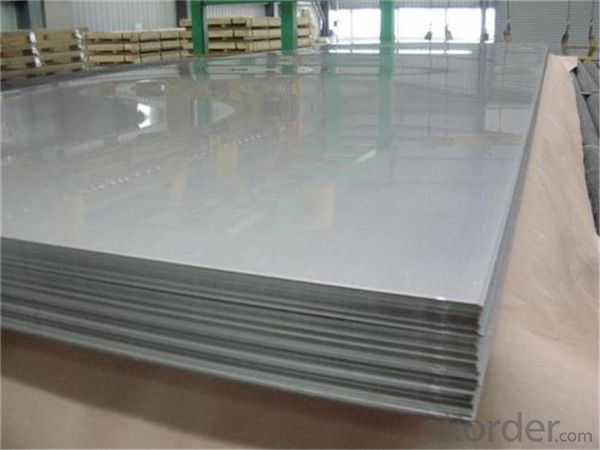
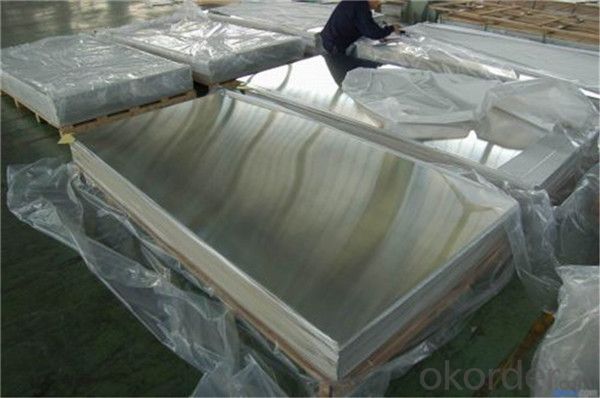
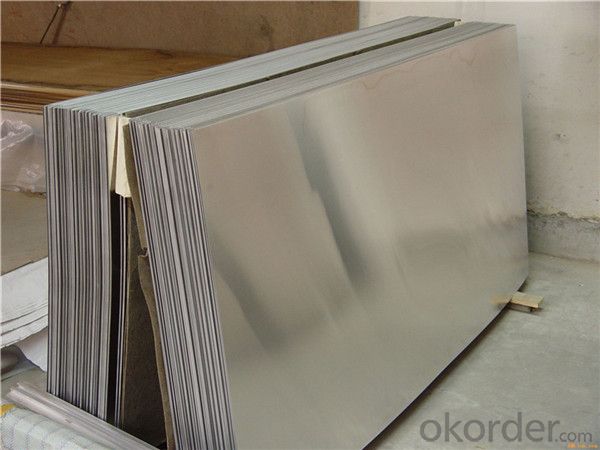
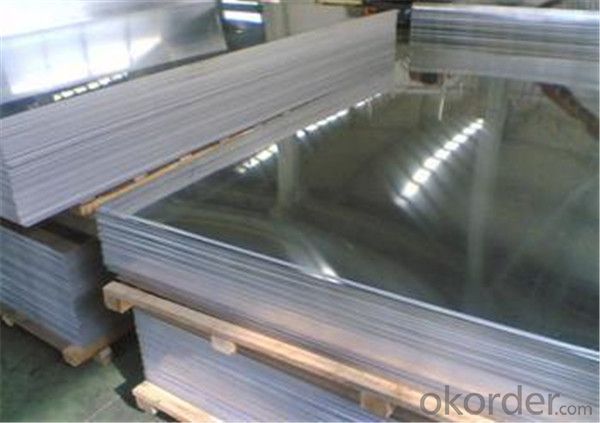
- Q: Can aluminum sheet be used for electrical grounding applications?
- Yes, aluminum sheet can be used for electrical grounding applications. Aluminum is a good conductor of electricity and is commonly used in electrical grounding systems due to its low resistance and cost-effectiveness.
- Q: Is it possible to utilize recycled aluminum to manufacture new items?
- <p>Yes, recycled aluminum can be used to create new products. Aluminum is highly recyclable, and the process of recycling it requires significantly less energy compared to producing aluminum from raw materials. Recycled aluminum maintains the same properties as new aluminum, making it suitable for a wide range of applications, from packaging to construction materials. The use of recycled aluminum helps reduce waste, conserve resources, and lower environmental impact.</p>
- Q: Is it possible to use aluminum sheets as a material for exterior walls in regions with cold climates?
- <p>Yes, aluminum sheets can be used for exterior walls in cold climates. Aluminum is a durable and lightweight material with good thermal conductivity, which can be beneficial for heat transfer. However, it's crucial to use insulated aluminum panels or combine aluminum with insulation materials to prevent heat loss and maintain indoor comfort. Proper design and installation are essential to ensure the building envelope's thermal performance and structural integrity in cold weather conditions.</p>
- Q: What are the different methods of bending aluminum sheets?
- There exist multiple techniques for bending aluminum sheets, each possessing its own merits and limitations. Some frequently employed approaches include: 1. Press Brake Bending: This method entails securing the aluminum sheet between a punch and a die on a press brake machine. Force is then applied through the punch, which pushes against the die to bend the sheet. Press brake bending is most suitable for high-volume production and ensures accurate and consistent bends. 2. Roll Bending: Also referred to as the three-roll bending process, this technique employs a set of three rollers to gradually shape the aluminum sheet as desired. Roll bending is effective for creating cylindrical or conical forms and finds applications in industries such as automotive and aerospace. 3. Stretch Bending: In this method, the aluminum sheet is clamped at both ends while a stretching force is applied in the middle. This results in both elongation and bending of the sheet, yielding a curved shape. Stretch bending is commonly utilized to produce curved profiles with a smooth and uniform finish. 4. Heat Bending: By subjecting the aluminum sheet to heat, it becomes more malleable and can be easily shaped into desired forms. Heat bending is often carried out using a heat gun or an oven to soften the metal, followed by manual or mechanical bending. This technique is beneficial for crafting intricate and complex shapes. 5. Incremental Bending: This technique involves bending the aluminum sheet in multiple steps or increments, with the bend angle gradually increasing after each step. Incremental bending provides greater control over the bending process and is commonly employed for forming U-shaped or V-shaped bends. 6. Roll Forming: In roll forming, the aluminum sheet is fed through a series of rollers, each bending the sheet a little more. This continuous process is well-suited for producing long and consistent bends, commonly seen in the manufacturing of aluminum profiles and extrusions. It is important to note that the choice of bending method depends on various factors, including the desired bend angle, the thickness and grade of the aluminum sheet, the required precision, and the production volume.
- Q: Im wondering what type of clutch would be better for my fox body mustang. A aluminum or steal. And why
- aluminum if you are drag racing ( have to learn to feather the clutch a bit) STEEL on the street( easier to keep the fire lit for mere mortals ) course you can use aluminum on the street--most people cant, because you have to be easy with the clutch-but it gives you an excuse why people cant borrow your car
- Q: Can aluminum sheets be anodized?
- Yes, aluminum sheets can be anodized. Anodizing is an electrochemical process that creates a durable, corrosion-resistant layer on the surface of aluminum. This process can be applied to aluminum sheets to enhance their appearance, increase their resistance to wear and tear, and improve their overall performance.
- Q: Can aluminum sheet be used for architectural façade systems?
- Yes, aluminum sheet can be used for architectural façade systems. Aluminum is a versatile material that offers durability, lightweight properties, and ease of installation, making it suitable for constructing attractive and functional façades in various architectural designs.
- Q: What are the different types of alloys used for powder-coated aluminum sheets?
- Powder-coated aluminum sheets utilize various alloys, each possessing distinct properties and characteristics. Among the commonly utilized alloys are: 1. The 3003 Alloy: This alloy finds extensive application in powder-coated aluminum sheets due to its exceptional corrosion resistance, formability, and high strength. Its versatility makes it suitable for building facades, signage, and automotive parts, where moderate strength and resistance to atmospheric corrosion are essential. 2. The 5052 Alloy: Renowned for its remarkable strength and excellent corrosion resistance, this alloy is commonly employed in marine and architectural applications that demand durability and resistance to saltwater and harsh environments. Additionally, it is frequently used for manufacturing electrical enclosures and transportation equipment. 3. The 6061 Alloy: This highly versatile alloy offers outstanding weldability, formability, and machinability. It finds application in various fields, including aerospace components, marine hardware, structural components, and automotive parts. Its corrosion resistance allows for easy powder coating, enhancing appearance and providing additional protection. 4. The 7075 Alloy: Noted for its exceptional strength-to-weight ratio and fatigue resistance, this alloy is predominantly utilized in aerospace applications, such as aircraft fittings and structural components, where strength and lightweight properties are crucial. Although its higher cost limits its use in powder-coated aluminum sheets, it remains present in specific specialized applications. These examples represent only a fraction of the diverse range of alloys employed in powder-coated aluminum sheets. The selection of an alloy depends on specific application requirements, encompassing factors such as strength, corrosion resistance, formability, and cost.
- Q: Are aluminum sheets suitable for automotive heat shields?
- Yes, aluminum sheets are suitable for automotive heat shields. Aluminum is a lightweight and highly conductive material, making it an excellent choice for heat management in automotive applications. It has a high melting point and good thermal conductivity properties, allowing it to effectively absorb and dissipate heat generated by the vehicle's engine, exhaust system, or other heat sources. Additionally, aluminum sheets are easy to shape and form into various sizes and designs, making them versatile for different automotive heat shield applications. Overall, aluminum sheets provide a cost-effective and efficient solution for protecting sensitive components from heat damage in automotive systems.
- Q: Where else besides deodorant can we find aluminum?
- The above tome speaks to Alzheimers. Here's some sources of aluminum: Aluminum foil in contact with food, aluminum pots and pans, beverage cans, and aluminum in drugs (including aspirin, antacids), cake mixes, self-rising flour, processed cheese, food starch modifiers. Inhaled dust from baby powder, cat box litter, cement, tobacco smoke.
Send your message to us
Aluminum Sheets for Printing - Checkered/Embossed Aluminum Sheet
- Loading Port:
- Shanghai
- Payment Terms:
- TT OR LC
- Min Order Qty:
- 5 m.t.
- Supply Capability:
- 10000 m.t./month
OKorder Service Pledge
OKorder Financial Service
Similar products
Hot products
Hot Searches
Related keywords
